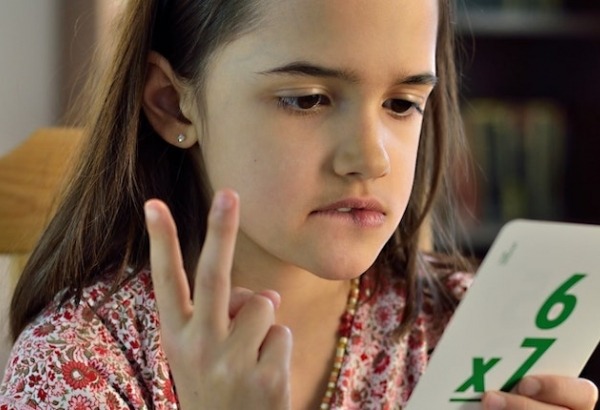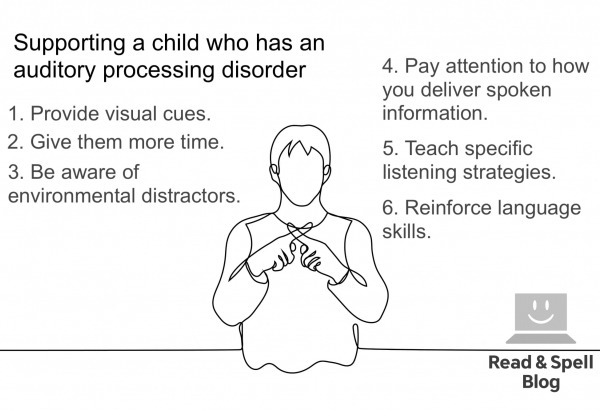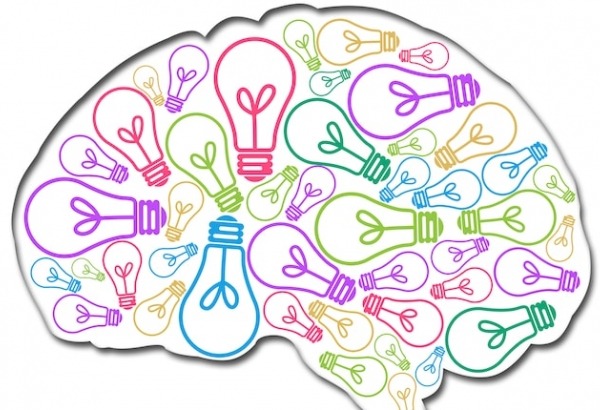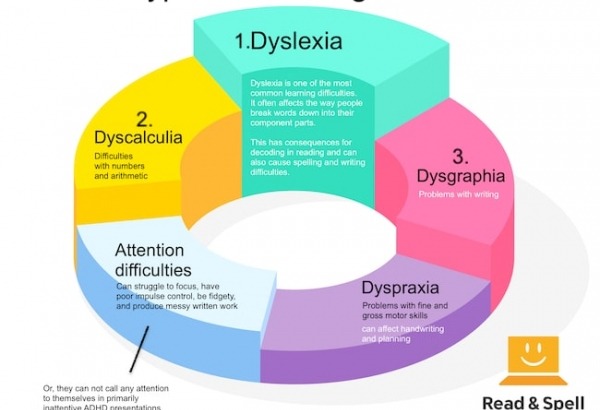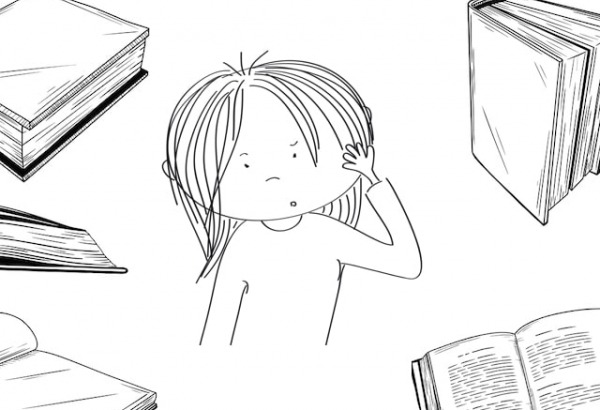Learning disabilities and self-esteem

Students with learning disabilities or differences like dyslexia and dysgraphia, or processing disorders and/or attention disorders, like ADHD, may have to work harder than their peers to achieve the same results. These kids can have trouble getting started on a task, need instructions to be repeated more than once, and/or be unable to complete work in a given time period.
While any child can suffer from low self-esteem, students with learning disabilities, attention disorders, and special needs are particularly at risk, especially if their condition is undiagnosed. This is because most school-based learning programs are developed with a neurotypical child in mind.
The mismatch between learning style and task can cause some students to doubt themselves and believe poor performance means they are not “smart” and are somehow less skilled than their classmates. The stress and frustration a child experiences at school is often accompanied by feelings of shame, which are associated with underperforming. There is also the social stigma of being “different."
But with the right strategy training, accommodations and emotional support, many children with specific learning differences and attention disorders can overcome the challenges they face and achieve their full potential in the classroom.
Disability, difference, disorder or difficulty
The word “disability” implies a deficiency of some sort and it’s a term frequently but incorrectly applied to those with a learning difference. A student with a learning difference is not less able than his or her peers. In fact, there are many examples of people with learning difficulties and differences exhibiting extreme giftedness. The same is true when it comes to attention disorders and special needs. Consider for example, the person with ADHD who becomes a revered motivational speaker, the student on the autistic spectrum who writes magnificently and publishes the next best seller, or the individual with dyslexia who applies their out-of-the-box thinking skills to launch a successful company.
In the case of dyslexia, a child is not less intelligent than other children, he or she simply learns in a different way (which may or may not be being catered to by the school program). That’s why it’s so important to consider the terminology used to refer to learning disabilities. “Learning difficulty,” “specific learning difficulty” and “learning difference” are increasingly preferred alternatives to “learning disability." You can read more about this discussion here: What are learning difficulties?
Confidence vs. self-esteem
Confidence and self-esteem are often mentioned in the same breath but they actually refer to different things. Confidence is a belief in one’s ability to be successful in a task based on previous experience or an understanding of the challenge level involved.
Self-esteem is about having a healthy self-image and believing that you are worthy of respect and love from others. A child can be confident in his or her ability to do well in a baseball game or succeed in school exams, but have a poor self-image and still struggle with low self-esteem.
In the case of a child with a learning difficulty like dyslexia, there may be a lack of confidence when it comes to reading and spelling. Children and adults can tend to falsely equate performance and ability level with self-worth, which is why it’s so common for a lack of confidence to turn into low self-esteem, but it doesn’t have to be this way. Learn more in our article: Self-esteem vs. self-confidence, what’s the difference?

3 Signs of low self-esteem
- Not completing homework or long-term assignments
A child may complain that he or she was tired or unwell (or the dog ate it!) and thus was unable to complete an assignment, but when this happens on a regular basis, it may be a sign of avoidance. This is especially true if a student has learned that hard work and effort do not necessarily equate to improvements in performance. In these cases, classroom accommodations, including task modifications, and strategy training might be necessary.
Learn more in these articles: How to help a dyslexic child in the classroom, Strategies for students with ADHD, Classroom accommodations for students with dyspraxia
- Refusing to participate in social activities
When a child stops wanting to participate in group activities, including attending sports practice, school clubs or even social gatherings, it can be a sign that something is wrong. Some kids with learning difficulties or attention disorders struggle with a secret sense of shame. They may believe that they are less worthy than others or that their peers will not like them if they discover they have a learning difficulty. Over time this can lead to increased isolation and depression. It’s important for educators and families to put things in perspective and provide plenty of opportunities for children to open up about how they are feeling.
Learn more in these articles: Helping children with learning difficulties, Motivational quotes about dyslexia
- Acting up or attention seeking behavior
Sometimes children who act up in the classroom or who come across as the class clown may be doing so in an effort to distract others from their poor academic performance. Acting out and being reprimanded can be a way of getting out of classroom activities, such as reading out loud or writing on the board. It can also be a way of getting more personal attention from teachers, even if it is negative attention. When bullying and anti-social behavior are an issue, it may be a sign that the child is rejecting others before they have a chance to reject him or her. It’s important to address these issues as soon as they come up and to look at what might be motivating the behavior, particularly if a learning difficulty or difference is present.
How to help
Talk things out
Sometimes children just need a supportive and judgement-free space in which to share their feelings. It helps to listen with an open mind. This means accepting what the child is saying without always needing to respond with a solution. If you’re having a hard time getting a student to open up, you may try having a conversation in a different environment to where he or she normally studies.
Look up role models
A child with a specific learning difficulty or attention disorder may feel that they alone are suffering from a particular experience. Do some research and find examples of other people who have struggled with and overcome similar life challenges. Talk about external situations and see if you can get the child to reflect on any lessons they have learned and relate them to their own life.
Some communities have independent Dyslexia Support Groups or other support groups that are based on a common difference or difficulty for adults, parents, children and young people. These can provide opportunities to share experiences and give mutual support, as well as learn more about a specific condition.
Celebrate strengths
Many assessment measures are designed to call attention to deficiencies and show us which skills a child with learning disabilities or an attention disorder needs to improve, but how about focusing on what a learner is good at for a change? There are online strength finder quizzes available or use what you know about a student to delve deeper into their interests and look for hidden talents - then give them plenty of opportunities to develop these further!
The pursuit of interests can lead to spontaneous learning. For example, baking a cake involves weighing, measuring, understanding the interaction between ingredients as they mix and cook etc.
Teach coping strategies
The brains of individuals with specific learning differences can work in a different way. This means children may benefit from strategies that help them to succeed in tasks developed for a neurotypical child. For example, mnemonic devices can help with memorizing words the individual finds particularly hard to learn.
An example for the child who always has a problem with spelling “because” would be to recite Big Elephants Can’t Always Use Small Entrances. Or those who struggle to remember the direction of the letter “b” or “d” could be taught to say “first the bat – down stroke I – and then the ball Io.”
Keep in mind that how you teach the strategy, which should include an explanation, modeling and giving the student a chance to implement it, is just as important as which strategies you present. It can be particularly effective if the individual makes up their own mnemonic device to cope with a problematic word.
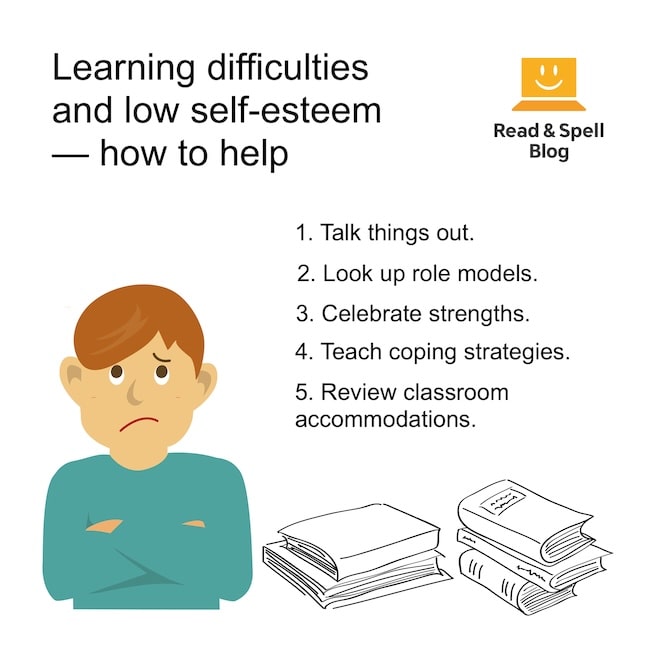
Review classroom accommodations
The right school accommodations can have a big impact on a child’s ability to be successful in the classroom. Accommodations include devices and technology which can support learning, as well as aspects of classroom practice such as where a student is seated and how they are meant to participate in different activities.
For example, many learners with dyslexia and ADHD will benefit from being able to type assignments and/or take notes on a computer. Children who struggle with dysgraphia may need more time and shorter assignments and/or the option to demonstrate knowledge through oral reports.
Know when to take a break
School takes up most of a child’s day-to-day but for children with learning disabilities and attention disorders, going home to another few hours of homework can just extend the challenge and frustration to the point that it causes burn-out.
To keep motivation up, it’s important a child has plenty of opportunities to take a break from studying. This can include pauses during the day so a learner can get up from his or her desk and move around the classroom, or going home and having a nice afternoon instead of forcing in a few more hours at a desk.
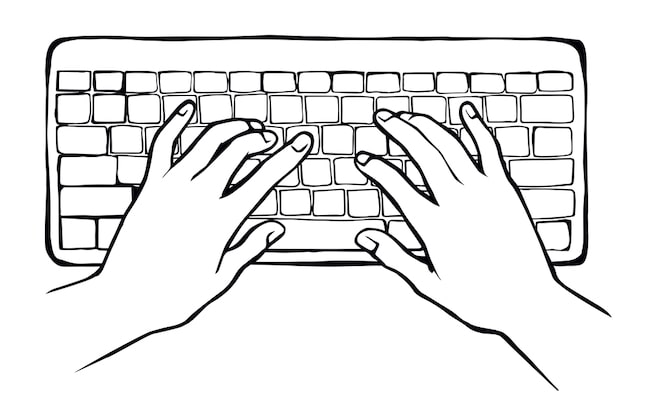
A typing program that can help
When a child repeatedly experiences anxiety, frustration and disappointment in the classroom, these feelings can develop into a negative attitude toward school and learning. Sometimes a good approach is finding an alternative hobby or skill set to develop, to restore a child’s confidence and belief in his or her ability to learn new things.
Touch-type Read and Spell is a typing program designed with this in mind. The program focuses on accuracy over speed and breaks learning down into bite-size modules. It takes a gentle approach to challenge and has repetition built in to reinforce learning and prevent learners from failing.
The course uses a multi-sensory approach that benefits children and young-adults and fosters independence and self-directed learning, while also boosting reading and spelling skills through a structured program of English phonics. It’s designed to make learners feel and be successful from the beginning.
Moreover, kids and young adults alike acquire typing skills that can make using a computer faster and more efficient. This is particularly important if a computer is a recommended classroom accommodation.
Students work through the course one module at a time, learning at their own pace and moving on only when they feel ready. Feedback is automatic and encourages a learner to keep working toward their goals, with visual progress reports and praise for effort over performance.
For learners who struggle with dyslexia
TTRS is a program designed to get children and adults with dyslexia touch-typing, with additional support for reading and spelling.
Chris Freeman
TTRS has a solution for you
An award-winning, multi-sensory course that teaches typing, reading and spelling

How does TTRS work?
Developed in line with language and education research
Teaches typing using a multi-sensory approach
The course is modular in design and easy to navigate
Includes school and personal interest subjects
Positive feedback and positive reinforcement
Reporting features help you monitor usage and progress







